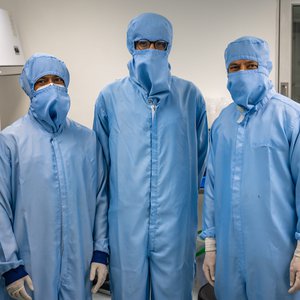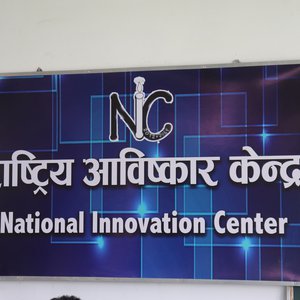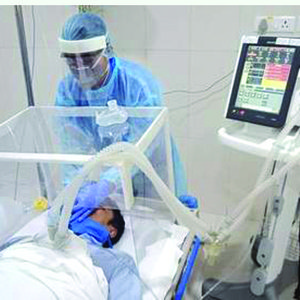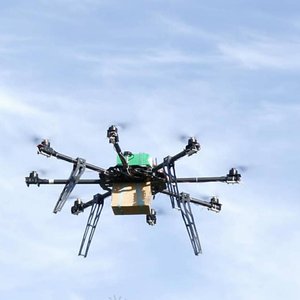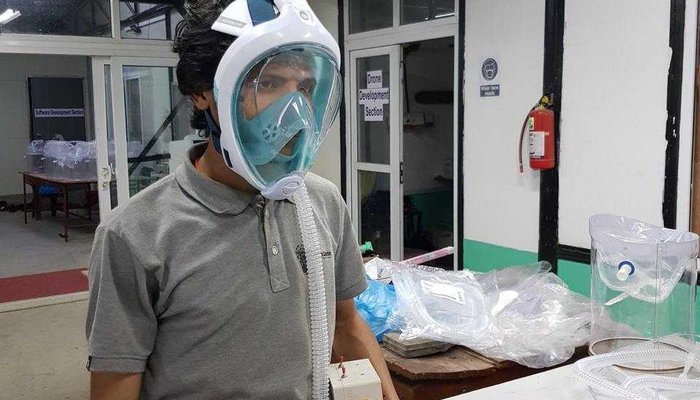
By Dr. Mahabir Pun • 2021-02-14
Introduction
Various kinds of PPE's(Personal Protective Equipments) are used in efforts to reduce the spread of this novel CoronaVirus (CoVID-19). The PPE suits, face shields, face masks are used widely by the frontline workers battling against the CoVID-19. However, there have been only a few of such products which can be re-used and provide a better protection against this deadly virus. Here, we have the Pneumask project and PAPR(Powered Air-Purifying Respirator) implemented for the first time in Nepal with collaboration with the Prakash Lab at Stanford University.
The Pneumask project
The Pneumask is an alternative PPE which is made up of off-the-shelf snorkel masks with a viral filter connected to it with a custom-built connector. Since the snorkel masks are a full-face-shield and completely air-tight, allowing a controlled intake of the air with a viral filter with efficiency > 99.97%1 offers a superior protection to generic N-95 respirators with only 95% filtration. All of the parts which make up a Pneumask is already available in the market and it is just a matter of utilizing this supply chain to facilitate the shortage of PPE’s.
The Pneumask is completely autoclavable and washable, which means that it can be disinfected a number of times and can be reused as per the requirement2 . The only component that has to be replaced is the viral filter which is inexpensive and available in large numbers. This not only reduces the use of disposable or single-time use PPE’s but also minimizes the amount of bio-hazardous waste generated from such kinds of PPE’s.
Implementation at Nepal
National Innovation Center, Nepal (NIC) has been striving to provide the necessary equipment required for the frontline workers to protect themselves from the CoVID-19. In addition to the several PPE suits, isolation chambers, aerosol box, robots, swab collection booths, etc, we collaborated with Prof. Manu Prakash at Prakash Lab, Stanford University to work on this innovative PPE together. We reached out to Prof. Manu who then offered to provide us with some Pneumasks kits to have it tested here with medical workers in Nepal. Several Pneumasks were distributed free of cost to the medical workers and in a matter of weeks, we had to procure some more. Till now, Pneumaks have been distributed altogether. We hope that this will greatly help the frontline workers in keeping them safe and reduce the overall waste from single-use PPE’s.
PAPR (Powered Air-Purifying Respirator)
Since the Pneumask is a full-face-shield and filters 99.97% of the impurities, it was observed that we could use it for long hours but needed some external positive pressure in order to make it easier to breath for such prolonged hours. With inspiration from the OpenPAPR project, we decided to design our own PAPR at NIC itself. After researching on the various airflows, filters and components available in our local market, we came up with an electronic design that can provide 2 modes of air flow as per the requirement of the end user. Since it was powered by battery, it was important to maintain a good amount of charge at all times so such indications were also integrated into the system.
Once the electronics part was verified, we used air-tight boxes available in the market with 3D printed connectors to come up with a complete system that can be connected and used with the Pneumask. The high demand of PAPR systems was fulfilled by help from volunteers that helped us in fabricating, assembling and testing the circuit. We received lots of eager individuals who helped us in any way they could so it would not be wrong to say that this project was a public effort facilitated in the initiation of the National Innovation Center. We are very thankful to the volunteers and the entire team who made it happen.
We have deployed around 86 PAPR systems as of today and are developing more as per the requirement of the medical workers.
References
- Bollinger M. NIOSH Respirator Selection Logic. 2004. - <www.cdc.gov/niosh/docs/2005-100/>
- https://www.pneumask.org/clinical-validation

Help us turn innovative ideas into marketable products.
Support and be a Part of this innovation
Contribute to this innovationArticles/News
View moreSupport and be a Part of this great innovation
Help us turn innovative ideas into marketable products.
Contribute